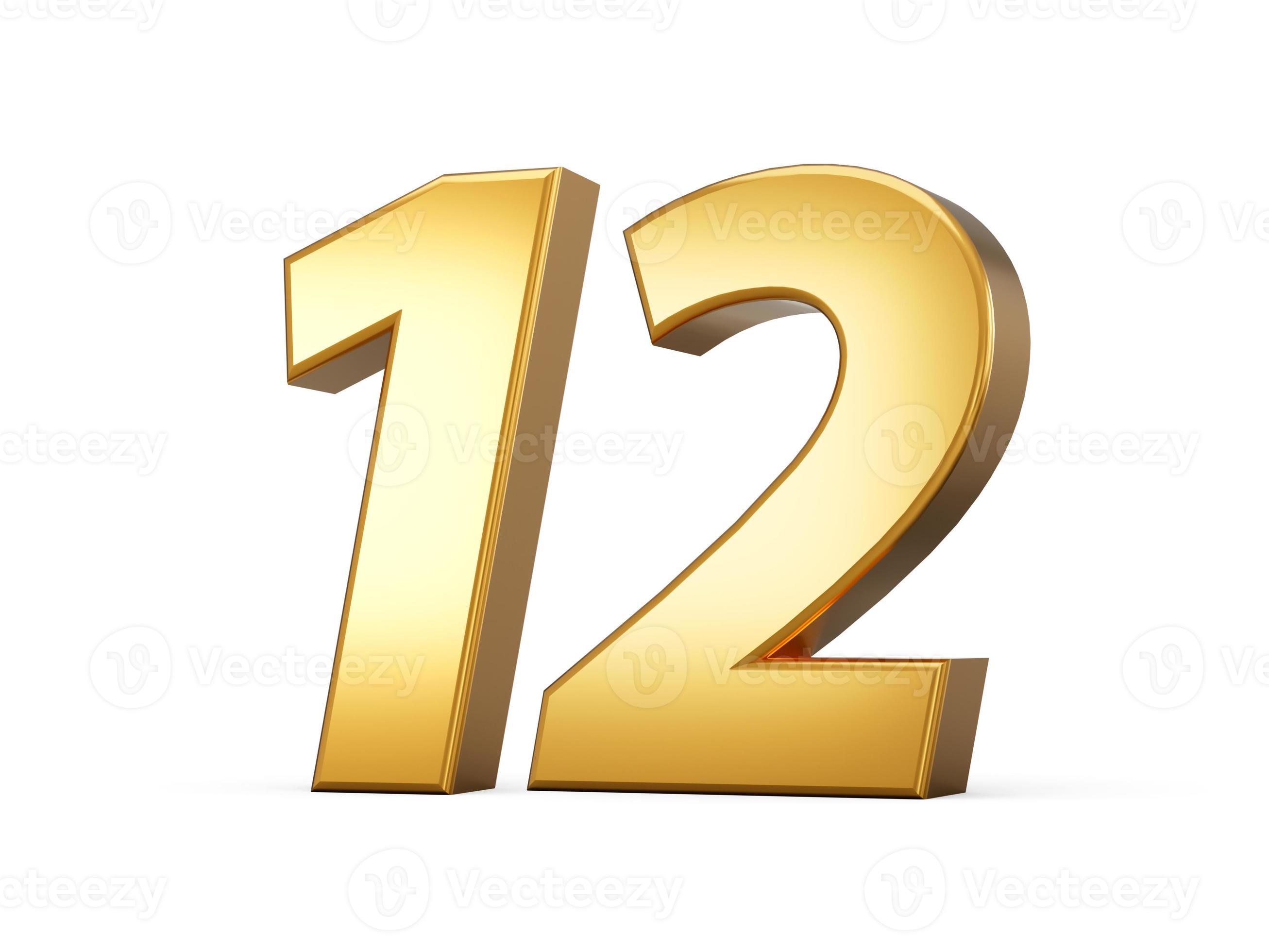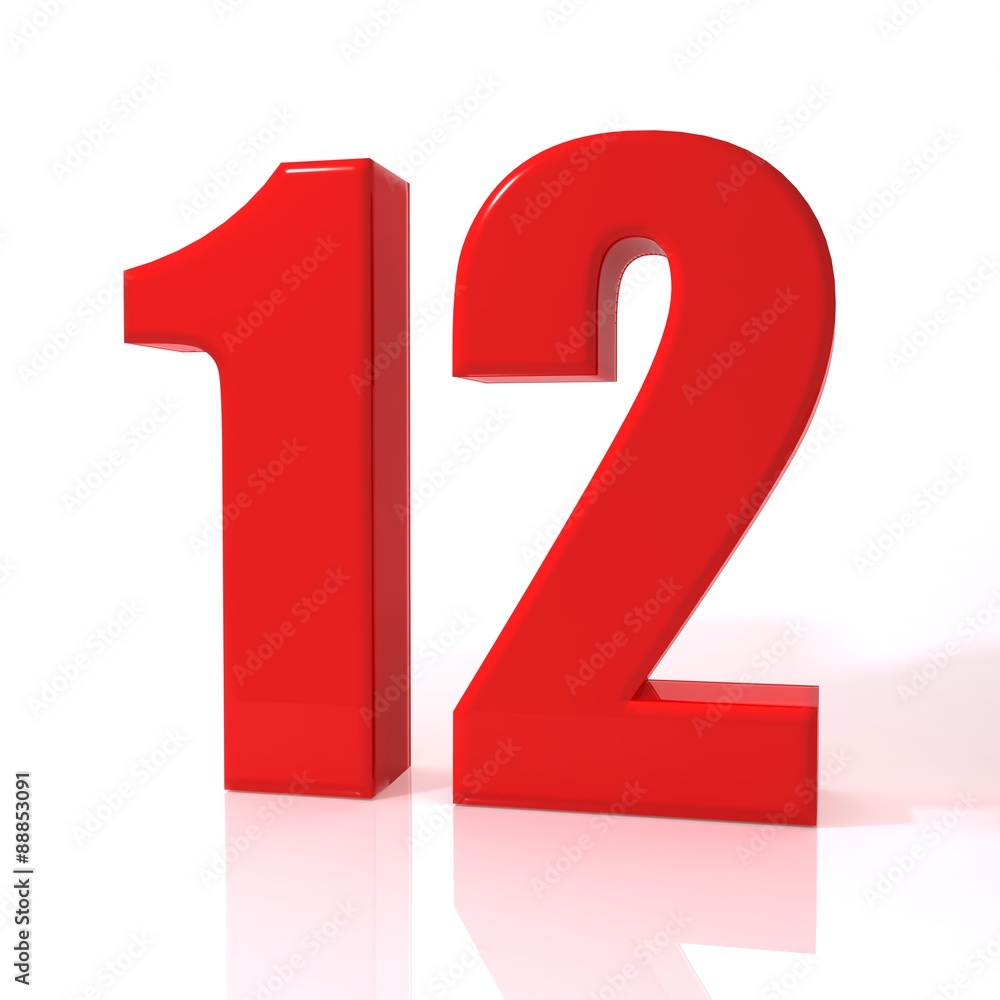What exactly are the 12 bars? Well, in the simplest terms, the 12 bars refer to a musical structure that has been around for nearly a hundred years. It's one of the most iconic forms in the world of music, influencing countless songs and musicians across various genres. Known as the backbone of modern music, the 12 bars offer a simple yet flexible framework that's beloved by artists worldwide. This structure has a storied past that spans over a century and continues to inspire new creations.
While it's primarily associated with the blues, the 12 bars have made their mark in other genres too. It's not just a sequence of chords; it's a cultural phenomenon that has shaped the sound of music as we know it. The 12 bar blues has produced some of the most memorable tunes, captivating audiences globally. Its enduring legacy lies in its adaptability, allowing musicians to improvise and solo over its chord progressions.
Interestingly, the term "12 bars" also extends beyond music. It's used in different contexts, from slang to event spaces, showing just how deeply ingrained this concept is in our culture. Whether you're a fan of blues, jazz, rock, or even hip-hop, chances are you've encountered the 12 bars in some form or another. Let's explore its fascinating history and significance in more detail.
What Makes the 12 Bars So Special?
Have you ever wondered why the 12 bars hold such a special place in music? It's all about the structure. This musical form revolves around a repeating 12-bar pattern that cycles endlessly, offering musicians a canvas for creativity. It typically begins with four bars on the first chord, followed by two bars on the fourth, two more on the first, and finally, two bars each on the fifth and first chords. This straightforward design provides a foundation that's both predictable and versatile.
Many musicians find the 12 bars appealing because they allow for improvisation. Artists can experiment with melodies, rhythms, and harmonies while staying within the framework. This flexibility has led to the creation of countless hits, not just in blues but across many genres. It's no wonder the 12 bars continue to inspire new generations of musicians and fans alike.
How Do the 12 Bars Work in Music?
Let's break it down a bit more. In a typical 12 bar progression, you'll find three main chords, often referred to as the 1, 4, and 5 chords. These chords correspond to the first, fourth, and fifth notes in a given scale. For instance, in the key of E, the chords would be E, A, and B. The sequence usually goes like this: four bars of the 1 chord, two bars of the 4 chord, two bars back to the 1 chord, and finally, two bars each of the 5 and 1 chords.
This pattern creates a pleasing and familiar sound that listeners can easily follow. It's the reason why so many popular songs use the 12 bar structure. Musicians love it because it gives them room to explore and innovate while maintaining a recognizable framework. The 12 bars have been a go-to choice for songwriters and performers for generations, proving their timeless appeal.
Why Are the 12 Bars So Popular Among Musicians?
So, why do musicians gravitate towards the 12 bars? One reason is that it's relatively easy to learn, even for beginners. The basic structure is simple enough that anyone can pick it up quickly, yet complex enough to allow for endless variations. This balance makes it a favorite among both amateur and professional musicians.
Plus, the 12 bars offer a lot of room for personal expression. Artists can add their own twists, whether through melody, rhythm, or lyrics. This adaptability is what keeps the 12 bars relevant and exciting. It's not just about following a formula; it's about making it your own. That's why so many legendary musicians have embraced the 12 bars in their work.
Where Did the 12 Bars Originate?
Now, let's talk about the origins of the 12 bars. They trace back to the early days of blues music, where they were first used by African American musicians in the southern United States. These musicians created a style that was deeply rooted in their experiences and emotions, using the 12 bars as a foundation. Over time, the structure spread to other genres, influencing jazz, rock, and even pop music.
Interestingly, the 12 bars weren't always called that. In the beginning, they were simply a common chord progression used by blues artists. It wasn't until later that the term "12 bars" became widely recognized. This progression has since become a staple in music education, with countless tutorials and resources available for aspiring musicians. Its rich history and cultural significance make it an essential part of music history.
What Are Some Famous Songs Based on the 12 Bars?
There are numerous famous songs based on the 12 bar structure. One of the most iconic is "Hound Dog" by Elvis Presley, which uses a straightforward 12 bar progression. Another classic is "Sweet Home Chicago" by Robert Johnson, a blues staple that showcases the versatility of the 12 bars. Even modern hits like "Rolling in the Deep" by Adele incorporate elements of the 12 bar structure, proving its lasting influence.
These songs demonstrate how the 12 bars can be adapted to fit different styles and moods. Whether it's a soulful blues number or a high-energy rock anthem, the 12 bars provide a solid foundation. They allow artists to express themselves while still connecting with audiences through familiar sounds. This adaptability is one of the reasons why the 12 bars remain so popular today.
How Can You Play the 12 Bars Yourself?
If you're interested in playing the 12 bars, it's easier than you might think. Start by learning the basic chord progression in a key you're comfortable with. For example, in the key of C, the chords would be C, F, and G. Practice strumming or playing these chords in the standard 12 bar pattern. Once you've got the hang of it, try adding your own touches, like riffs or solos.
There are plenty of resources available to help you learn, from online tutorials to instructional books. Many guitarists and pianists swear by the 12 bars as a great way to improve their skills. It's a fun and rewarding experience that can lead to some truly amazing music. So, if you're ready to give it a shot, grab your instrument and start playing!
What About the 12 Bars Beyond Music?
Believe it or not, the term "12 bars" pops up in other areas too. For example, there's a rooftop lounge called the Twelve Bar in North Carolina, offering stunning views and a lively atmosphere. Then there's the slang term "12" used by some to refer to law enforcement. These uses show just how versatile and ingrained the concept of 12 bars is in our culture.
Even events like the 12 Bars of Christmas pub crawl embrace the name, creating a festive and fun experience for participants. This annual event brings people together to celebrate the holiday season in style. It's a great example of how the 12 bars concept has expanded beyond music to influence other aspects of our lives.
Can You Tell Me More About the 12 Bars of Charity?
Sure thing! The 12 Bars of Charity was founded in 2012 with the goal of making charitable involvement fun and accessible. It offers a low-entry way for people to get involved with various causes, creating a sense of community and generosity. This initiative shows how the idea of 12 bars can be applied in creative and meaningful ways outside of music.
By connecting people through shared interests and experiences, the 12 Bars of Charity fosters a spirit of giving and collaboration. It's a testament to the power of the 12 bars concept to inspire and unite people in different contexts. Whether it's through music or charity, the 12 bars continue to make a positive impact on the world.
How Do the 12 Bars Influence Modern Music?
Finally, let's touch on how the 12 bars influence modern music. They remain a key element in many genres, from blues to rock to pop. Artists continue to draw inspiration from the 12 bars, using them as a starting point for new creations. This enduring legacy speaks to the timeless appeal of the 12 bar structure.
As music evolves, the 12 bars adapt right along with it, proving their relevance and importance. They offer a bridge between the past and the present, connecting generations of musicians and fans. So, the next time you hear a song that makes you tap your foot or sing along, there's a good chance the 12 bars played a role in its creation.
Table of Contents
- What Makes the 12 Bars So Special?
- How Do the 12 Bars Work in Music?
- Why Are the 12 Bars So Popular Among Musicians?
- Where Did the 12 Bars Originate?
- What Are Some Famous Songs Based on the 12 Bars?
- How Can You Play the 12 Bars Yourself?
- What About the 12 Bars Beyond Music?
- Can You Tell Me More About the 12 Bars of Charity?
From their humble beginnings in blues music to their widespread influence across genres, the 12 bars have left an indelible mark on the world of music. They offer a simple yet powerful framework that continues to inspire and captivate musicians and audiences alike. Whether you're a seasoned pro or just starting out, the 12 bars provide endless opportunities for creativity and expression.



